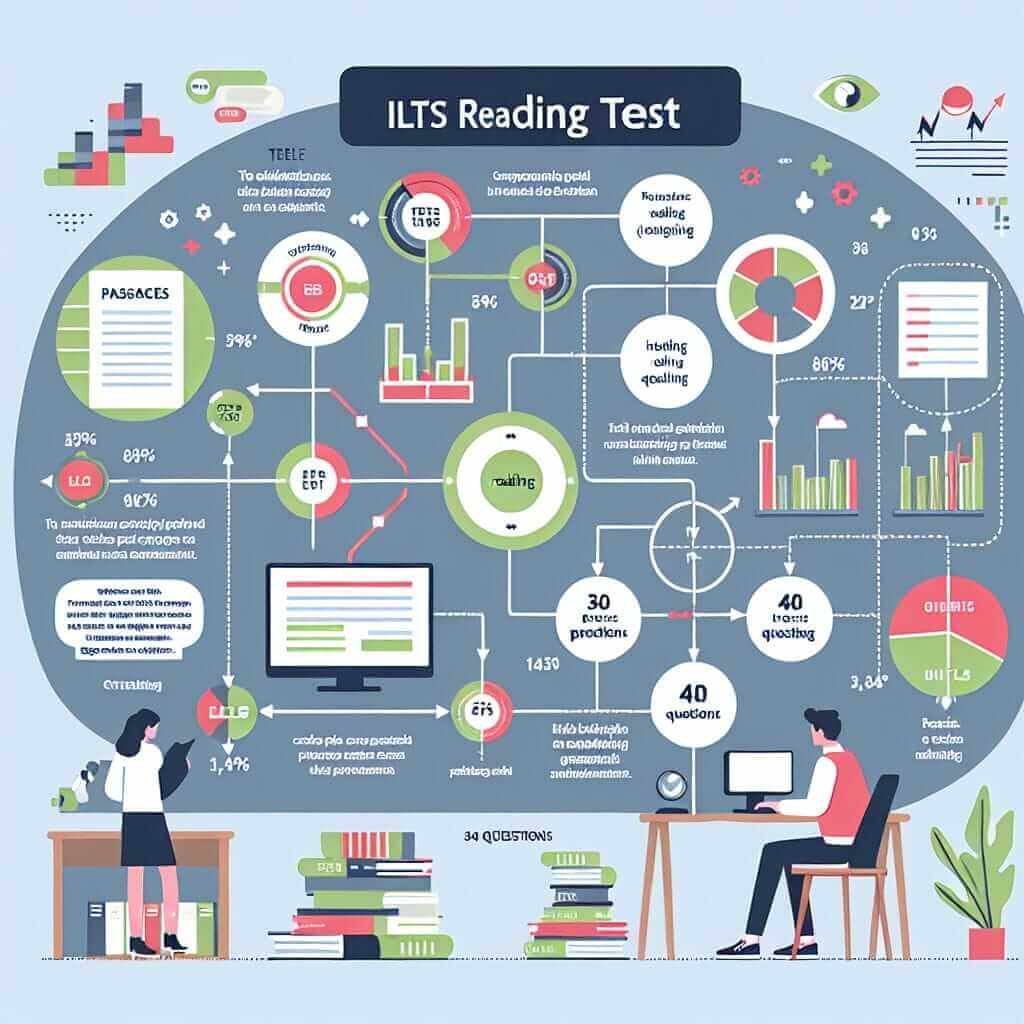Mastering the IELTS Reading test requires more than just good English skills; it demands a strategic approach. As an IELTS instructor with over 20 years of experience, I’ve seen countless students struggle with this section. This article delves into effective teaching methods for IELTS Reading, providing insights into maximizing scores.
Nội dung bài viết
- Understanding the IELTS Reading Test
- Key Skills Tested
- Effective Teaching Strategies for IELTS Reading
- 1. Building Vocabulary: The Foundation
- 2. Mastering Skimming and Scanning Techniques
- 3. Analyzing Text Structure
- 4. Developing Inference and Interpretation Skills
- Example from IELTS Reading Passage
- Tips for Success
- Conclusion
Understanding the IELTS Reading Test
The IELTS Reading test assesses your ability to understand complex texts, extract key information, and interpret writers’ opinions. It comprises three lengthy passages covering diverse topics, from science and history to culture and technology.
Key Skills Tested
- Skimming and Scanning: Quickly identifying the main idea and locating specific information.
- Understanding Text Structure: Recognizing how information is organized (e.g., cause-effect, problem-solution).
- Vocabulary in Context: Deduce the meaning of words and phrases from the surrounding text.
- Inference and Interpretation: Drawing conclusions and understanding implied meanings.
Effective Teaching Strategies for IELTS Reading
Teaching IELTS Reading effectively involves equipping students with the skills and strategies to tackle the test confidently.
1. Building Vocabulary: The Foundation
A strong vocabulary is paramount for success in IELTS Reading.
- Contextual Vocabulary Development: Encourage students to learn words in context rather than memorizing lists.
- Word Formation: Teach common prefixes, suffixes, and roots to help students decipher unfamiliar words.
- Thematic Vocabulary: Focus on building vocabulary related to common IELTS themes (e.g., environment, education, technology).
2. Mastering Skimming and Scanning Techniques
- Skimming for the Gist: Train students to read the first and last sentences of paragraphs to grasp the main ideas quickly.
- Scanning for Specifics: Teach students to use keywords and visual cues (e.g., dates, names, numbers) to locate specific information.
- Timed Practice: Regularly practice skimming and scanning passages under timed conditions to simulate the exam environment.
3. Analyzing Text Structure
- Signposting Language: Highlight words and phrases that signal the organization of the text (e.g., however, in addition, consequently).
- Identifying Text Types: Familiarize students with different text types commonly found in IELTS Reading (e.g., descriptive, analytical, argumentative).
- Practice Questions: Use practice questions that focus on identifying the purpose of different paragraphs or sections.
4. Developing Inference and Interpretation Skills
- Reading Between the Lines: Encourage students to go beyond the literal meaning of the text and infer implied meanings.
- Identifying Tone and Attitude: Discuss the author’s tone and how it influences the meaning of the text.
- Critical Analysis Questions: Utilize practice questions that require students to make inferences and draw conclusions.
Example from IELTS Reading Passage
Let’s consider an extract from a passage about the history of printing:
“The invention of the printing press by Johannes Gutenberg in the 15th century revolutionized communication and knowledge dissemination.”
 printing press
printing press
Question: What was the impact of the printing press?
Answer: The invention of the printing press led to a significant transformation in the way information was spread, making it more efficient and accessible.
Explanation: While the passage explicitly mentions the printing press revolutionizing communication, it doesn’t directly state how. Students need to infer that this revolution refers to faster and wider information dissemination.
Tips for Success
- Read Extensively: Encourage students to read widely on various topics to improve their general reading comprehension and vocabulary.
- Practice Regularly: Consistent practice using past IELTS Reading papers or sample tests is crucial for familiarization with the format and question types.
- Time Management: Help students develop effective time management strategies to ensure they can complete all sections within the time limit.
- Focus on Understanding, Not Just Answers: Encourage students to understand the reasoning behind correct answers and analyze their mistakes.
Conclusion
Teaching IELTS Reading effectively involves a multi-faceted approach that focuses on building vocabulary, developing comprehension skills, and mastering test-taking strategies. By equipping students with the necessary tools and providing ample practice opportunities, educators can empower them to achieve their desired IELTS scores.


